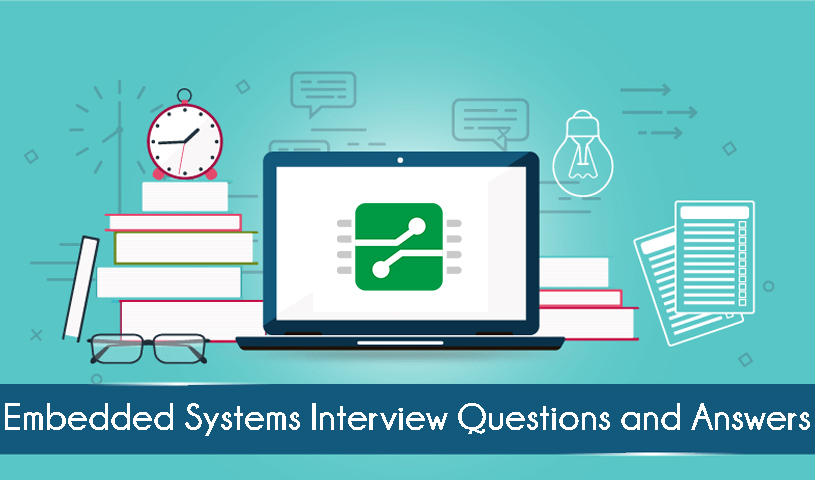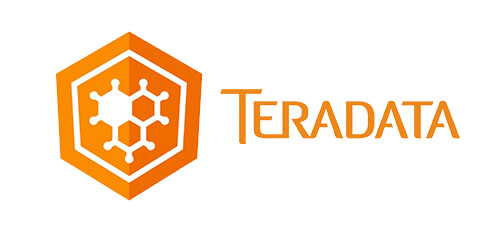
1. What is OBIEE?
OBIEE stands for Oracle Business Intelligence Enterprise Edition. Which is a business intelligence system for the enterprise that delivers capability for reporting, online analytical processing (OLAP), adhoc query and analysis dashboards, and scorecards.2. What are the features of OBIEE?
Key features of OBIEE includes,3. What is end to end life cycle of OBIEE?
The end to end life cycle of OBIEE is,4. Explain how OBIEE architecture works?
OBIEE architecture works in following way,5. Compare OBIEE and Tableau?
Criteria:OBIEE:
Tableau:
6. How will you create Interactive Dashboards?
We can create interactive Dashboard by clicking on Administration then Manage dashboards and add column selector7. What is write back in OBIEE?
In write back option give a column as updatable then view the reports, this option is called write back option.8. How will you execute Direct SQL in OBIEE?
We can execute Direct SQL in OBIEE through clicking Direct Database Request given below the subject area in.9. How OBIEE Developer can create report from two support area?
The Report of criteria pane is created from, First Subject Area come to the bottom of the page and click combine request. This is how developer can create the report from two subject areas.10. How can port changes the dashboard, reports, rpd from development to production?
Merge option in Admin Tool is used in RPD and Content Accelerator Framework is used for dashboards and reports11. How will you go about additional column to the repository in the presentation layer?
Add in physical layer if the table already exists and click BMM then presentation layer and reload metadata server, then it is visible to all users.12. What is Authentication? How many types of authentication.
Authentication is the procedure by which a system confirms, through the use of a user13. How will you enable or disable caching in the system level and table level?
In NQSConfig.ini file is used to ENABLE under CACHE Section for System Level. In case of tables, if we need to enable the cache at table level, in offline mode open the repository that should be different from the current repository then click enable or disable the cache.14. What are the different types of joints that are possible in OBIEE RPD?
15. How does Seibel Architecture works? Explain three layers.
There are five parts of Siebel Architecture.Repository divided into three layer
16. Why do we have multiple LTS in BTM Layer? What is the purpose?
Multiple LTS in BMM will improve the performance and query response time.17. How we can identify the dimension tables and how we can decide them during the business/Data modelling?
Dimension tables contain descriptions about data analysts which is used as query in the database. Every table contains a primary key that contains one or more columns; each row in a table is uniquely identified by its primary-key value or values.18. Explain Query respiratory tool?
It is utility of OBIEE or Seibel Admin tool.19. How can you bypass Seibel analytics sever security?
Set the authentication to pass, find the security section and type in NQSCONFIG file in the security section as: authentication type=bypass_nqs.instanceconfig.xml and nqsconfig.ini are the 2 places.20. Explain oracle Business intelligence application?
An Oracle BI application has pre-built industry-specific, industry best practices has developed the Oracle BI interactive dashboards and Oracle BI reports and address key functional areas within an organization. Oracle BI applications are integrated with operational applications to provide business metrics in reports, in condition with an organization’s business function and industry.
The Oracle Business Analytics Warehouse Oracle BI application is includes Extract Transform Load (ETL) routines to extract, transform, and load data.
Security in Oracle BI:Oracle BI applications is highly controlled by OBIEE to access the elements. The security mechanism consist Business logic object security, Presentation Catalogue object security and Data level security.
Drilling Down in Oracle BI:In OBIEE, we can rotate from a dashboard or report to an actual item in the database. That is, while working in sales, we can rotate down to the city level within a sales report, and observe that there is a large sale pending in Paris. We can rotate on the pending sale and go directly to that opportunity in the Oracle BI application if we use an oracle Siebel operational application.




